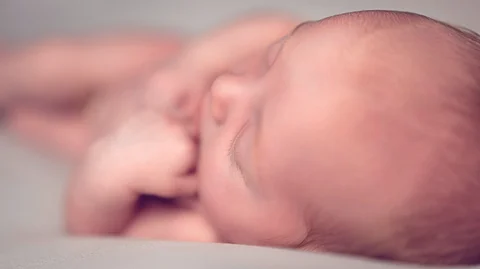While the UK amended its laws to allow this technique nearly a decade ago, the US still prohibits its clinical use due to strict regulations against heritable genetic modification. Outside of the UK, Australia is one of the few other countries that have officially adopted this method.
Why It Matters
The birth of these babies is not just a scientific first; it is a lifeline for families who previously had no options. For parents at risk of passing on devastating mitochondrial disorders, this technique offers real hope without altering the child’s core identity.
As more countries consider regulating and approving this procedure, the UK’s cautious but successful rollout could serve as a global model. And for now, it has already changed eight lives and counting.
Reference:
1. Hyslop, Louise A., Emma L. Blakely, Magomet Aushev, Jordan Marley, Yuko Takeda, Angela Pyle, Eilis Moody, et al. “Mitochondrial Donation and Preimplantation Genetic Testing for mtDNA Disease.” New England Journal of Medicine, July 16, 2025. Accessed July 18, 2025. https://doi.org/10.1056/nejmoa2415539.
(Rh/Pooja Bansal/MSM/)


